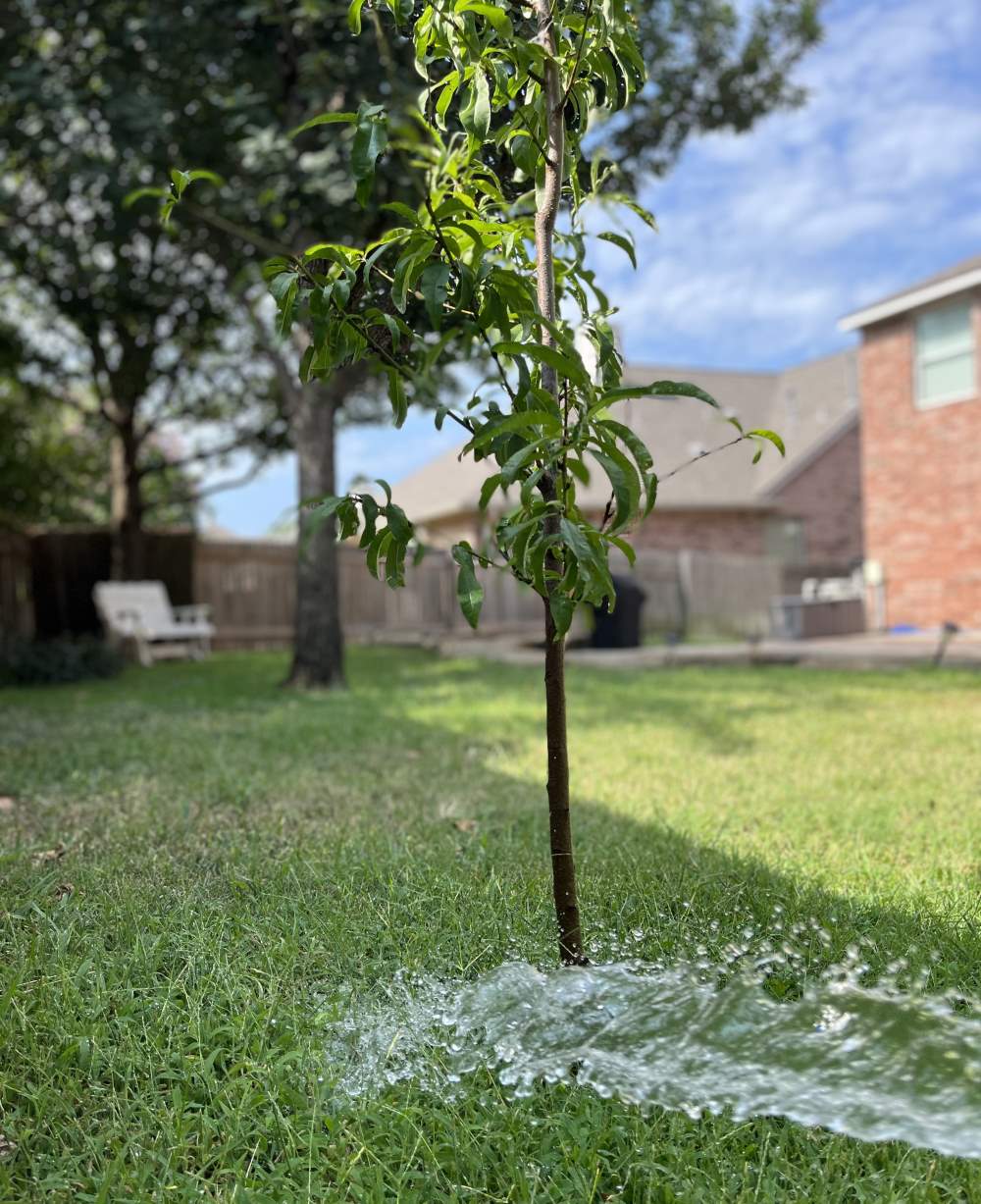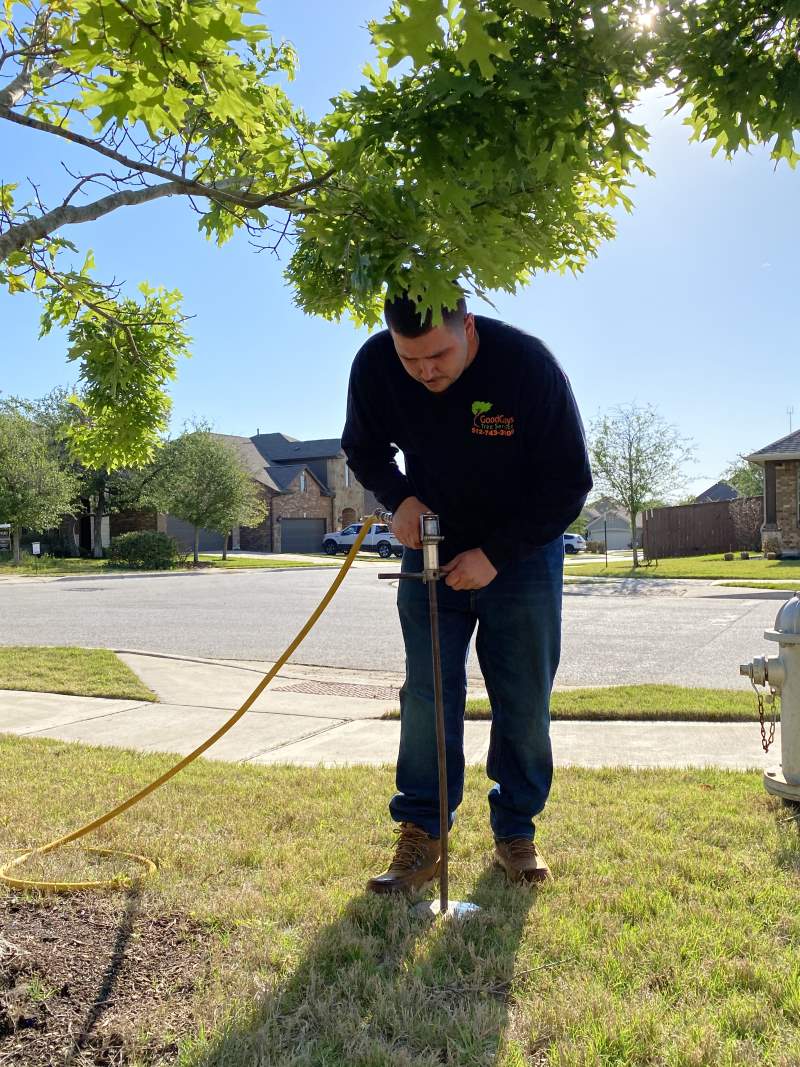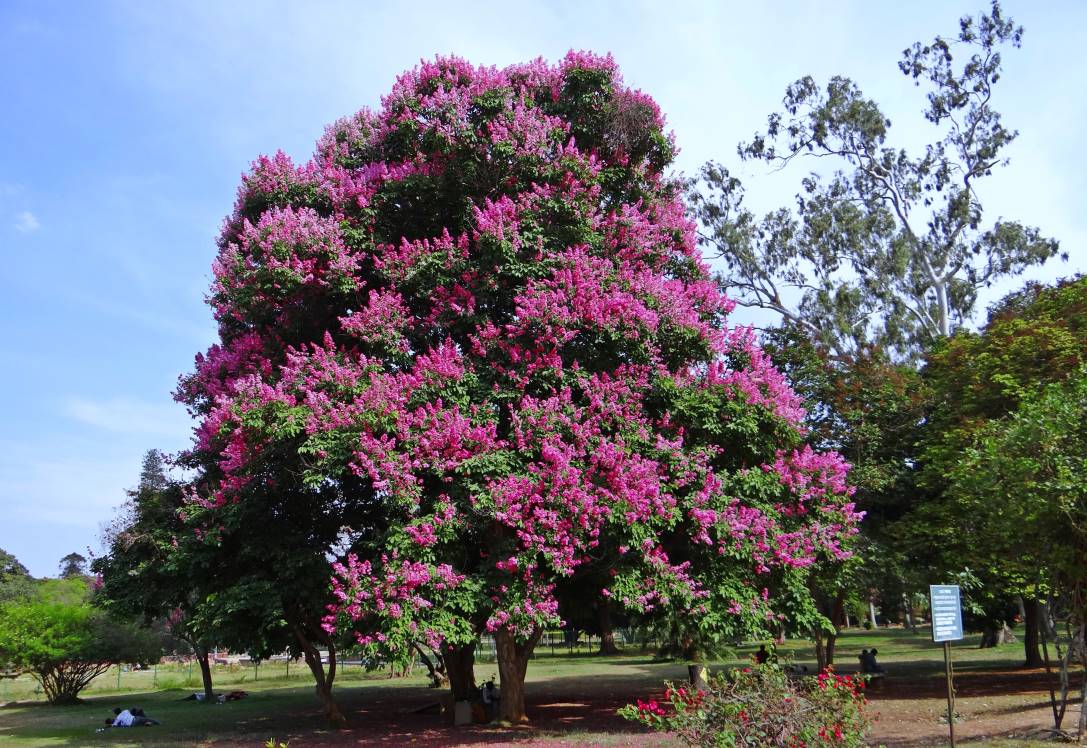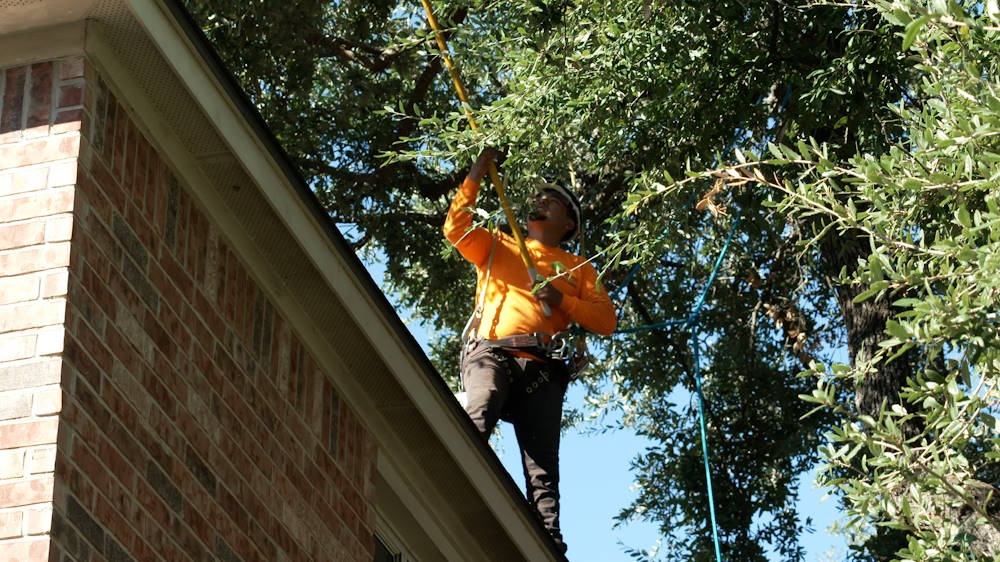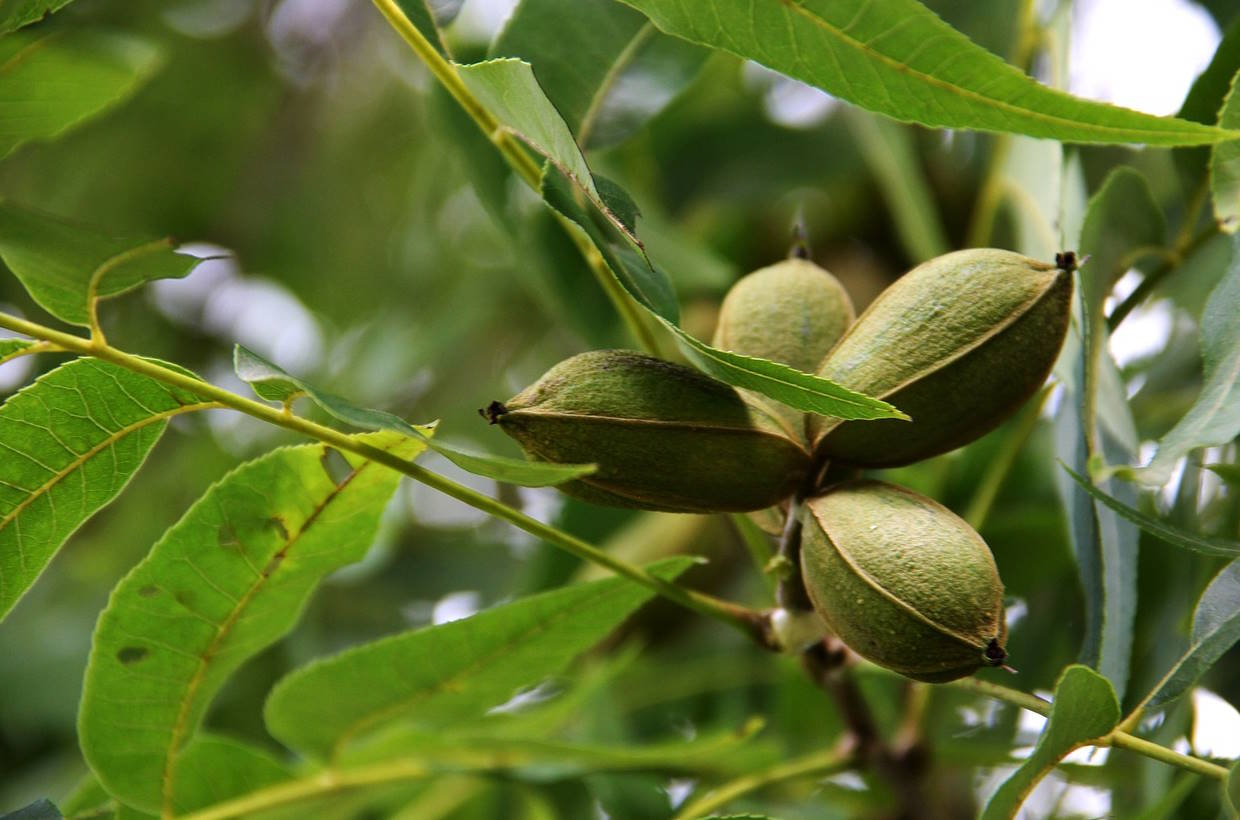Providing proper care for urban trees here in Central Texas is essential for their long-term health and well-being more than ever before. From long periods of droughts to record setting high temperatures, changes in the Central Texas climate means that trees are facing even harsher conditions than ever before.
Therefore, it is important that we take the necessary steps to ensure that urban trees don’t just survive but thrive here in Central Texas! Here’s a simple but effective three-stage strategy to help maintain urban trees and forests for the foreseeable future:
Assessing the Trees
The first step to helping our urban trees is to assess their current condition to understand exactly what the trees need.
Various environmental stresses in Central Texas have a lasting impact on the health of urban trees. While trees are equipped to survive most environmental stresses, prolonged exposure limits their ability to handle these stresses. If exposed to stresses for too long, trees may not ever recover.
Here are some common stresses you can look out for to assess the condition of urban trees:
Leaves
Leaves that are scorched, faded, wilted, or shedding early may be a sign of environmental stresses. Another sign is if leaves start to brown but never fall from the tree. Basically, anything unnatural about the leaves is a sign of stress!
Twigs and Branches
When branches or twigs are dying unexpectedly, it may be due to issues with the root systems or a general decline in tree health.
Internal Decay
If trees or their limbs showcase signs of internal decay, there could be serious issues. Common signs of decay include nesting holes, cavities, and insect infestation.
Tree Care Maintenance
Trees are a beautiful addition to your landscape, so taking care of them is a worthwhile effort. Plus, it’s expensive to remove a dead tree, with tree care being a much cheaper!
Here’s some simple tree care strategies:
Watering
- Trees require gallons of water each week, with more water needed the larger the tree is. Periods of drought here in Central Texas means that you may need to water the tree yourself!
- A good rule of thumb to follow is providing 5-10 gallons of water per inch of diameter. Healthier trees need slightly less, while stressed trees need more, so use this to help guide your water volume.
- The day after watering, check the soil using a trowel or screwdriver – moisture depth should reach about 4-5 inches.
- Watering frequency depends on the tree’s condition and the current season. For example, a stressed tree during dry season needs watered every two weeks. During winter, watering can be reduced to once per month if there is a lack of rain.
- Hand watering with a hose or watering can ensures slow water application rates, which is needed to reach deep into the root system.
Composting and Mulching
- Applying a layer of compost and mulch across the tree’s root system provides added nutrients, improved insulation, and reduces moisture evaporation
- Add compost in spring or fall, starting about 5-inches from the base of the tree, stopping about ½ inch from the canopy.
- After adding compost, add a layer of mulch across the same area of the compost. Create a layer of mulch that is about 4-inches deep.
Pruning
- Only prune dead or broken tree branches! Doing so removes branches that are a safety hazard, while also allowing the tree to recover from the damage. For example, removing rotting branches prevents the rot spreading to healthier parts of the tree.
Planting Trees for the Future
The final step to ensure a thriving urban tree population in Central Texas is to continue planting new trees! Planting new trees not only adds to the scenic beauty of our local communities, but also improves the soil, offers welcome shading, and encourages a thriving eco-system.
Here’s some tips for planting new trees in Central Texas:
- Water newly planted trees every week
- Water further from the base of newly planted trees to encourage wider root system development.
- Smaller trees and saplings require less water than more established trees.
- Consider the soil quality, water access, and overall landscape conditions when planting a new tree – better conditions mean a healthier tree.
- Don’t plant tree saplings too deep – plant to roughly the same depth as their root ball.
- Choose the right season to plant – any time between October and March.
- Add a 4-inch layer of much for more nutrients, better insulation, and less soil moisture evaporation.



